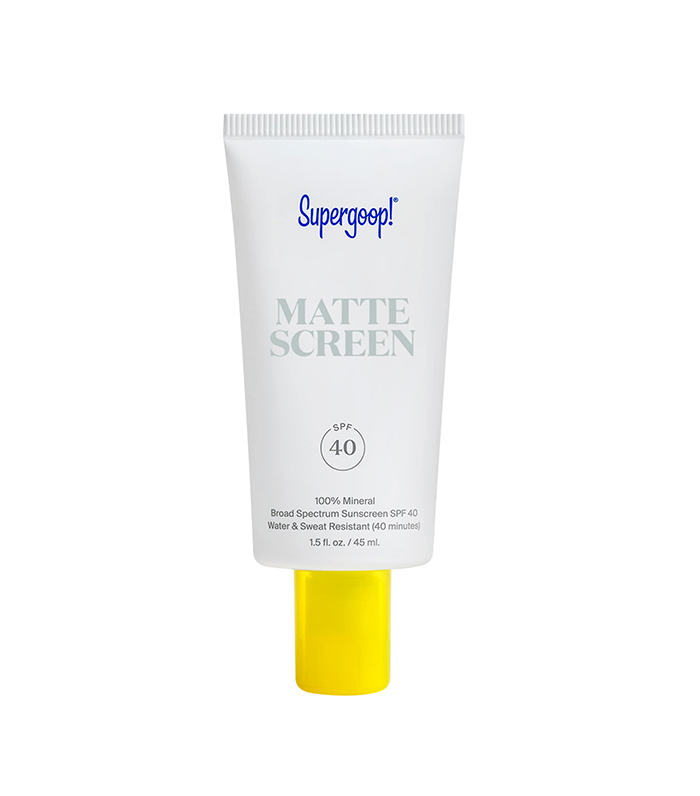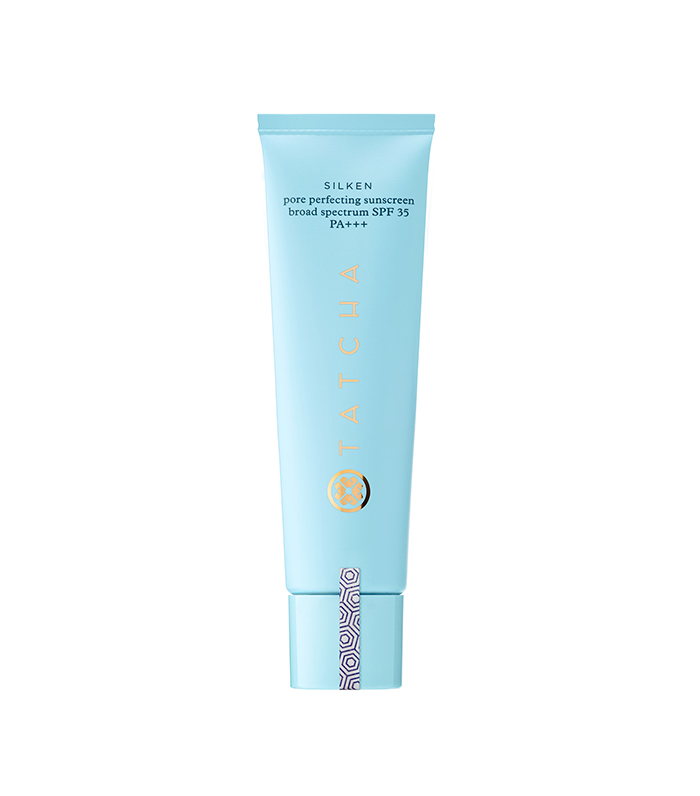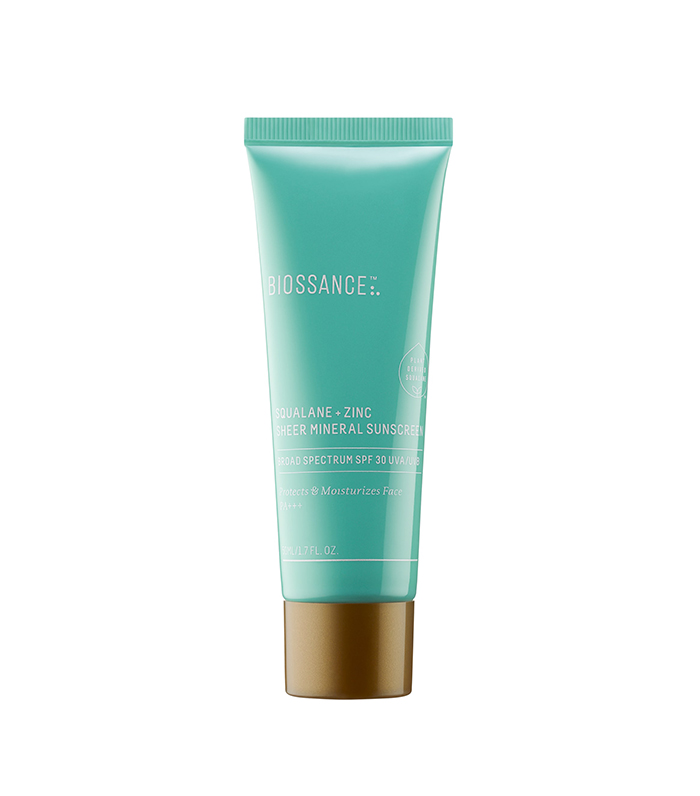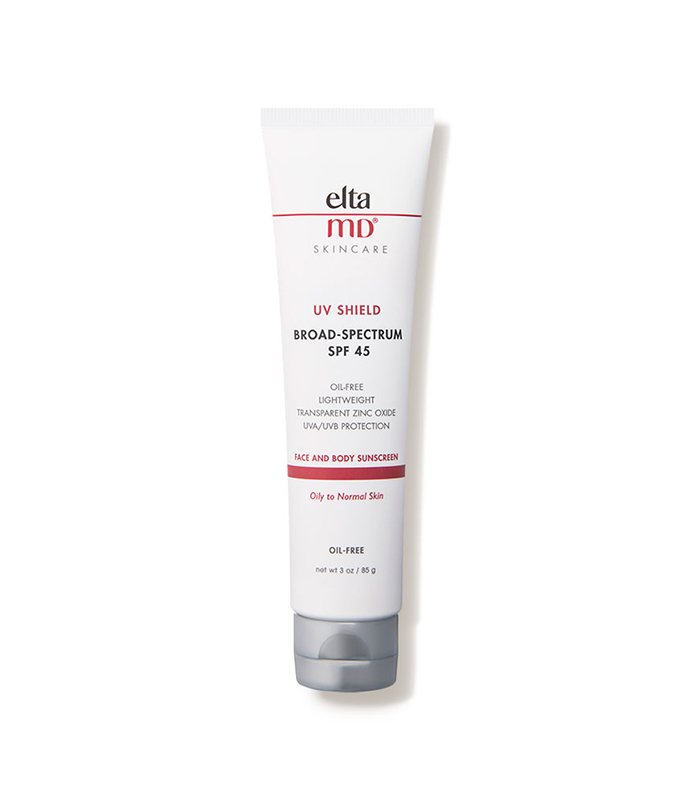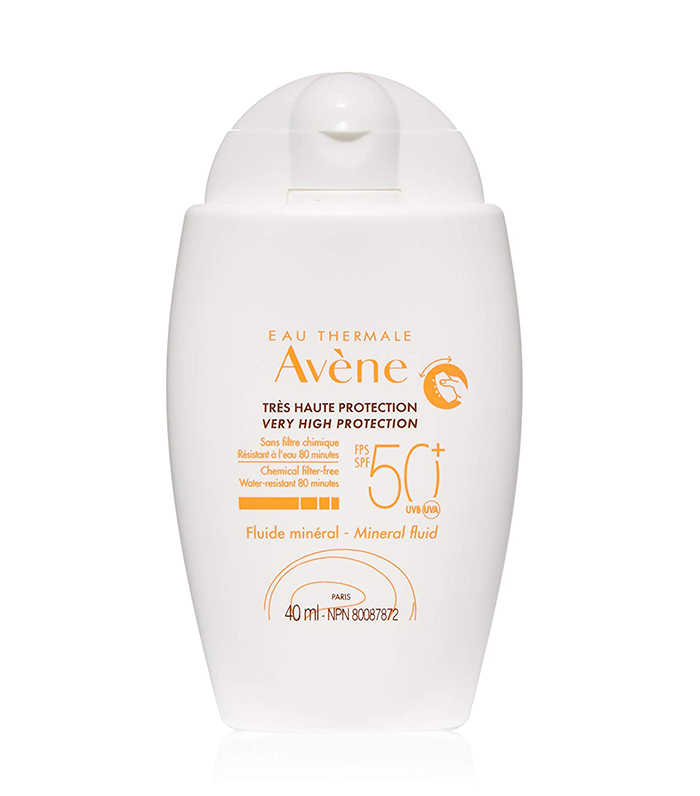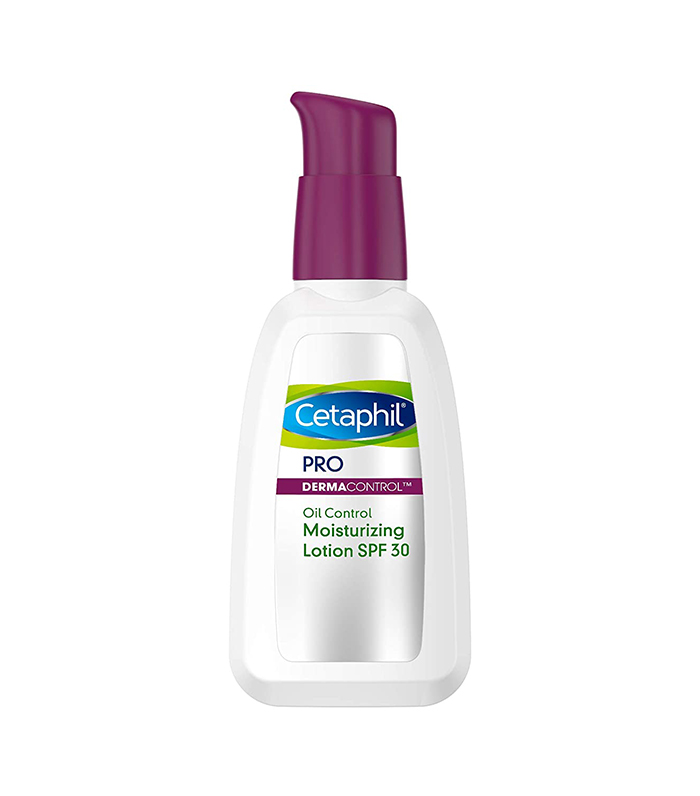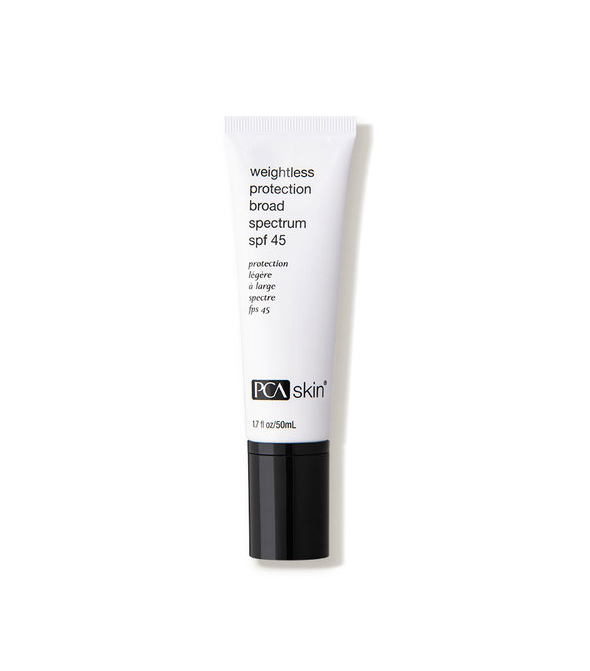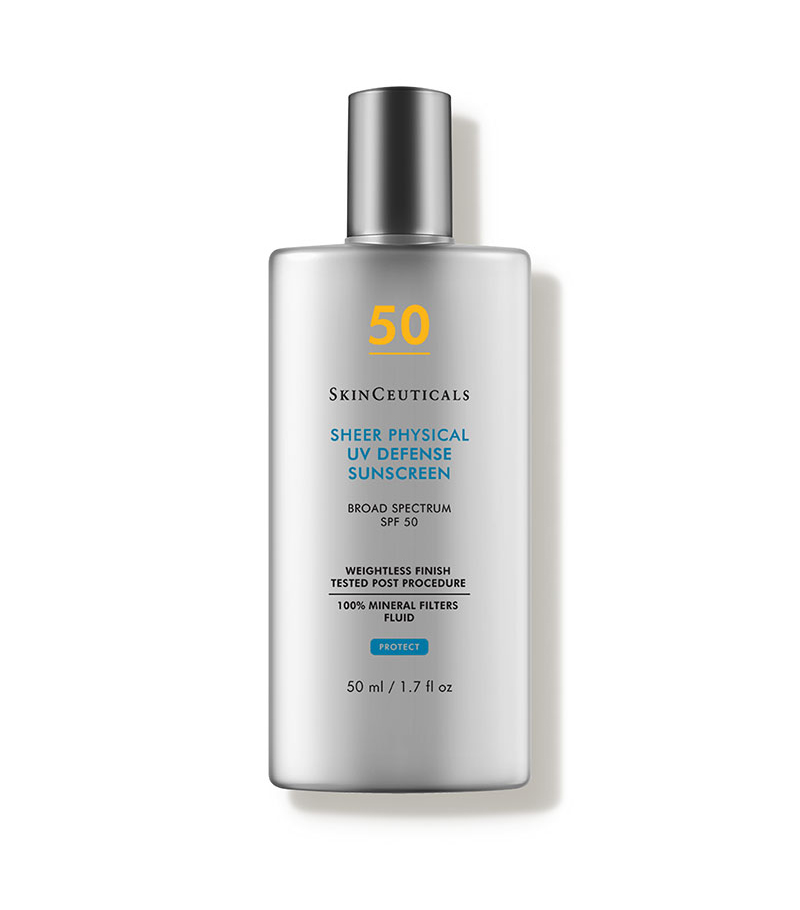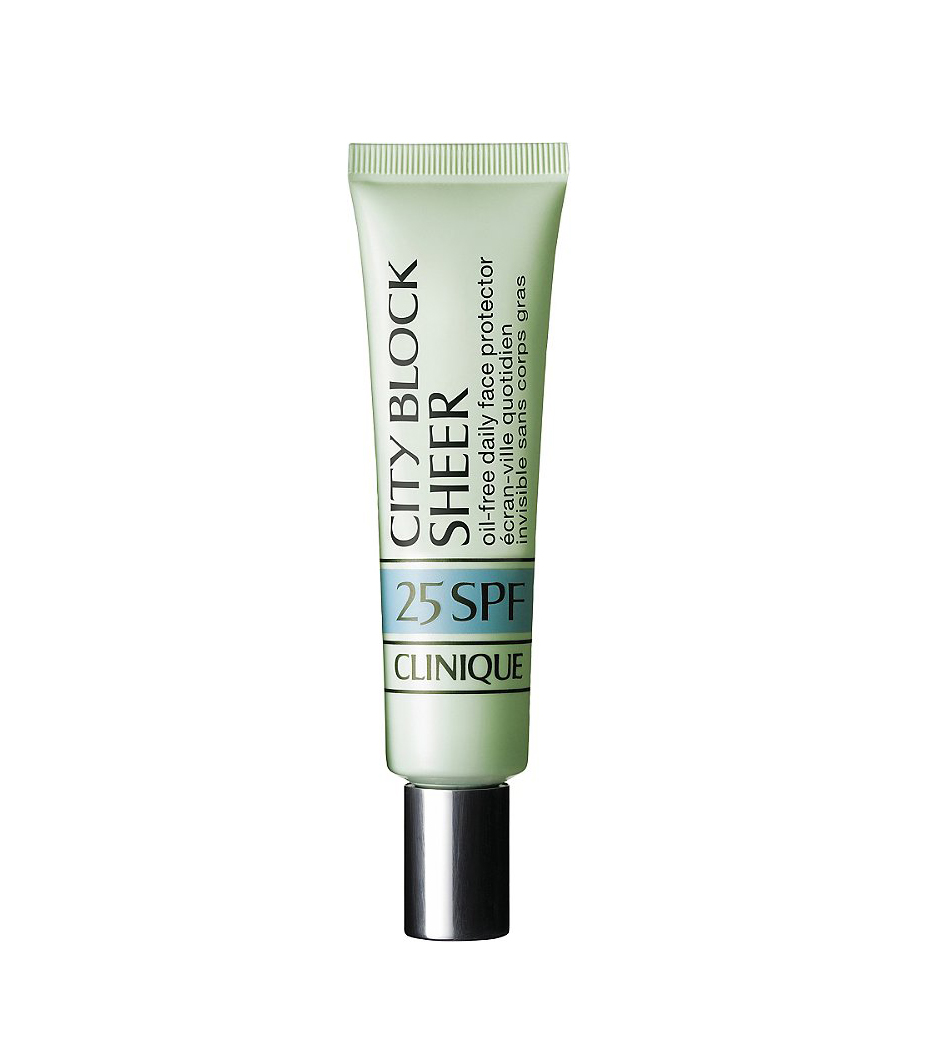If You Have Oily Skin, Avoid This Sunscreen Ingredient
You'd think choosing a sunscreen would be pretty straightforward, right? Does it protect your skin from UVA and UVB rays? Check. Is it water-resistant? Check. It all seems pretty simple. But that's not exactly the case—especially when you consider all the different types of sunscreens out there. There are chemical and mineral versions plus sprays, lotions, and powders. Some are just for the face. Others are for more active lifestyles. There's just a lot to think about.
One other thing you should consider when choosing a sunscreen? Your skin type. Some sunscreens might irritate sensitive skin. Some might not moisturize dry skin enough. And if you've got oily skin, well, you know that certain formulas can leave your skin feeling even oiler and might even clog your pores.

In general, there are some guidelines to go by when choosing a face sunscreen, regardless of skin type. Board-certified dermatologist and founder of Amarte Skin Care Craig A. Kraffert, MD, says that the ideal facial sunscreen should offer broad-spectrum SPF (preferably 50+) protection that is water-resistant for 40 minutes.
Kraffert says that in his experience, he's found the best facial sunscreens are a blend of both physical and organic chemical sunscreens. "These blended products allow the best synergy of functional SPF and aesthetic elegance/usability," he explains. "For those with oily skin, chemical-only sunscreens offering SPF 50+ tend to be heavy, leaving a cloud-like residue even after massaging in thoroughly. This residue is particularly problematic when it mixes with skin oils. On the other hand, physical-only sunscreens lack aesthetic elegance at SPF 50+ due to the opacity inherent in physical sun blockade. This is often described as a pastiness or greying. It can impart a ghost-like quality to skin."
When it comes to mineral versus chemical sunscreens, it's up to personal choice, as we've learned before. Mineral (or physical) sunscreens contain zinc and/or titanium dioxide and sit on top of your skin to block out rays. They're known as natural and nontoxic. Chemical sunscreens contain ingredients like oxybenzone, octinoxate, octisalate, and avobenzone and are absorbed into the skin in order to provide protection. These ingredients aren't labeled as toxic by the FDA, but Kraffert does say that there have been increasing concerns about oxybenzone and avobenzone in the dermatology community. In short, much more research needs to be done on these ingredients' impact when absorbed in the body.
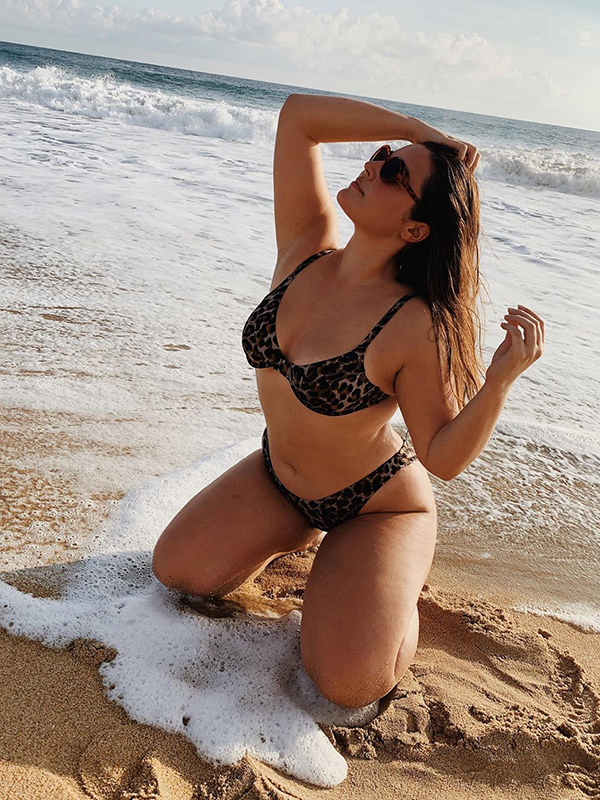
But one sunscreen ingredient you want to stay away from if you have oily skin? Homosalate. "It is a leading candidate because it is a relatively weak UV filter and, especially at the higher concentrations frequently used, thick and oily," Kraffert explains. "It is frequently included in sunscreen formulations to help dissolve and stabilize avobenzone, a sunscreen ingredient that has its own safety concerns."
And when it comes to the form of the sunscreen—lotion, spray, or powder—Kraffert says lotions are the better option because they typically have more water per volume (and conversely less oil per volume) than spray and are overall more hydrating. "SPF values of spray sunscreens are determined by much thicker product application than what is done in the real world," he adds. "This means that the SPF protective value of these products in typical use may be less than what is indicated on the packaging. Furthermore, spray formulations tend to be on the oilier side."
And as for powders, Kraffert says that while they might have benefits of being lightweight and oil-free, the products do not always play well with oily complexions and become less uniform in appearance throughout the day.
Ready to choose a sunscreen for your oily skin? Take a look at some of our recommendations below.
Sunscreen Picks for Oily Skin
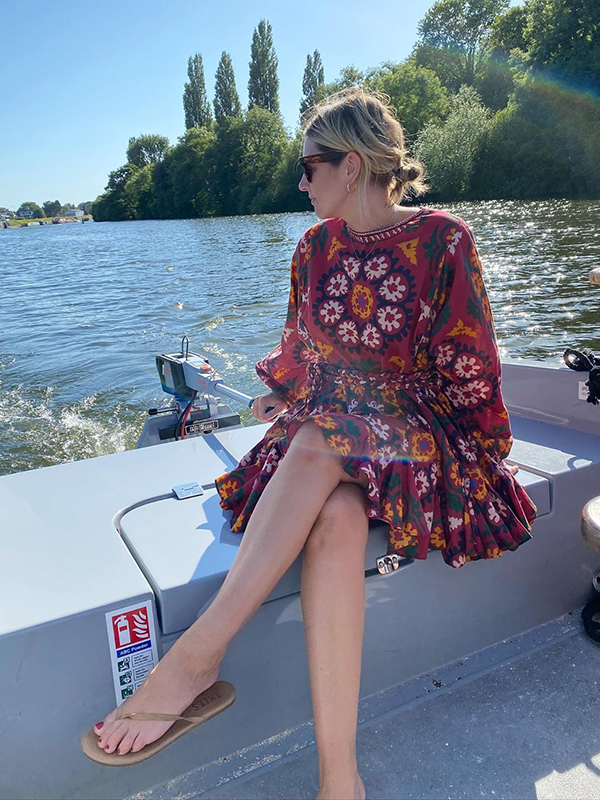
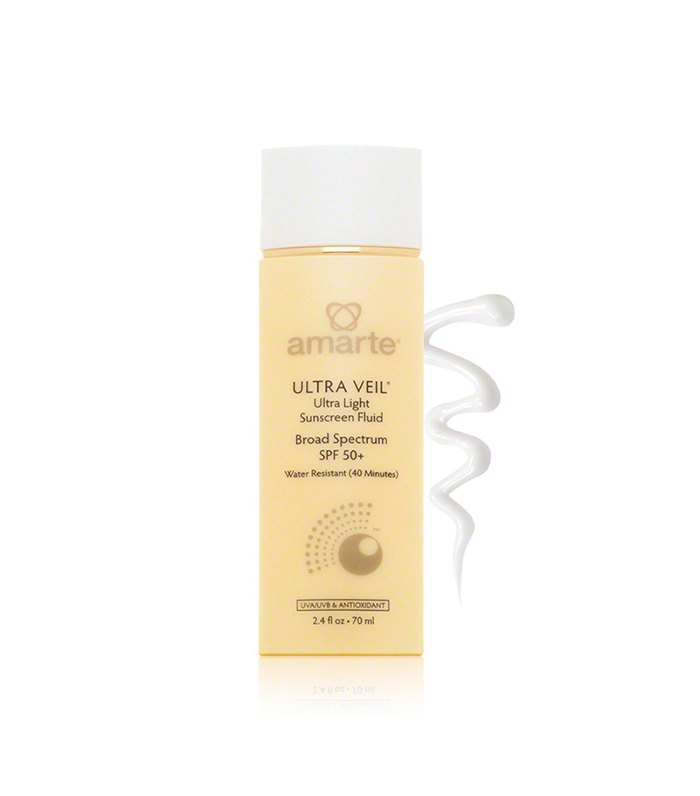
"My top-pick sunscreen for oily skin is one I developed in partnership with my Korean skincare scientist friends," Kraffert says. "Amarte Ultra Veil is a super-light sunscreen lotion that provides water-resistant, broad-spectrum SPF 50+ protection in a non-greasy lotion that absorbs completely leaving a subtle appearance-enhancing glow due to special milling of the titanium dioxide. This product uses zinc, titanium, and the two best organic sunscreen ingredients."
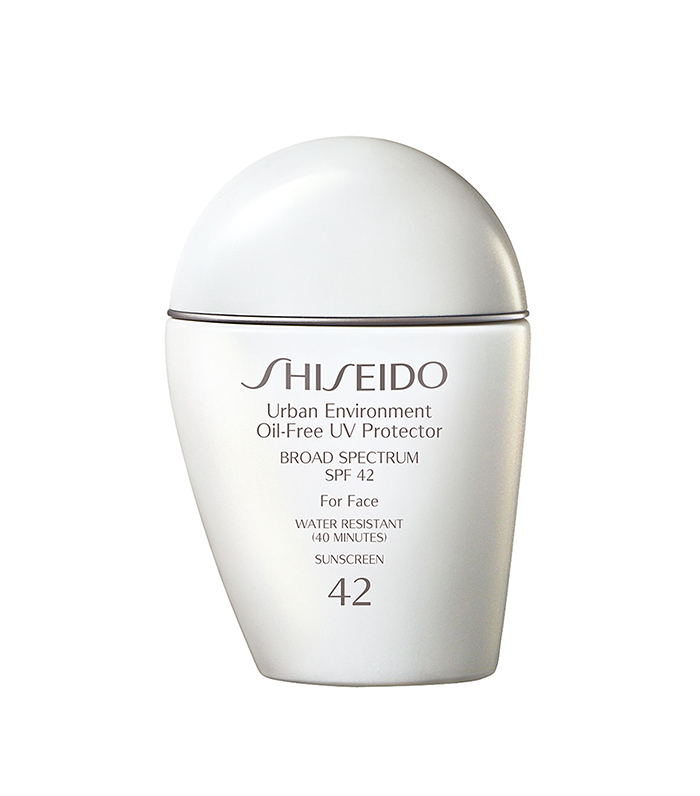
"Shiseido Anessa SPF 50+ sunscreen is another favorite for oily skin," Kraffert says. "As the best-selling high-end facial sunscreen in Japan, it helped inspire the excellence of Ultra Veil. While Anessa is not a U.S. FDA-compliant product, Shiseido Urban Environment Oil-Free UV Protector, Broad Spectrum SPF 42 is great for oily complexions."
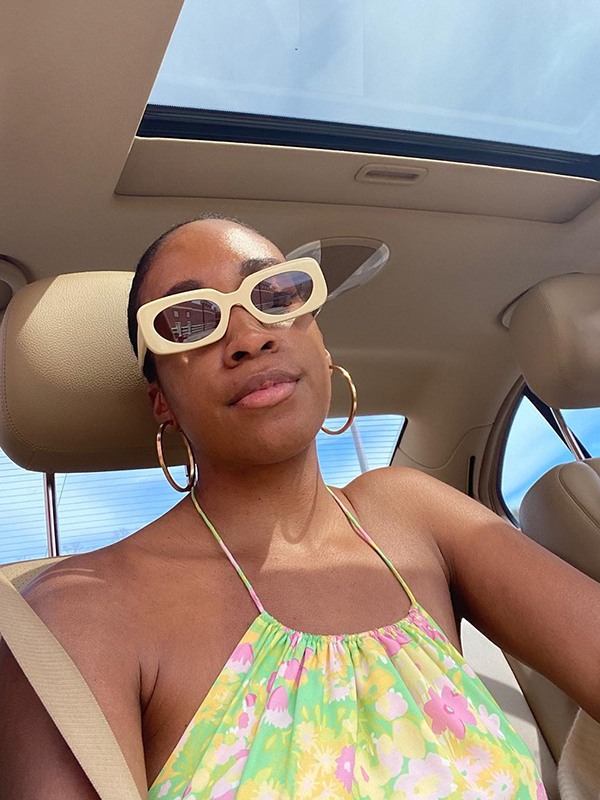
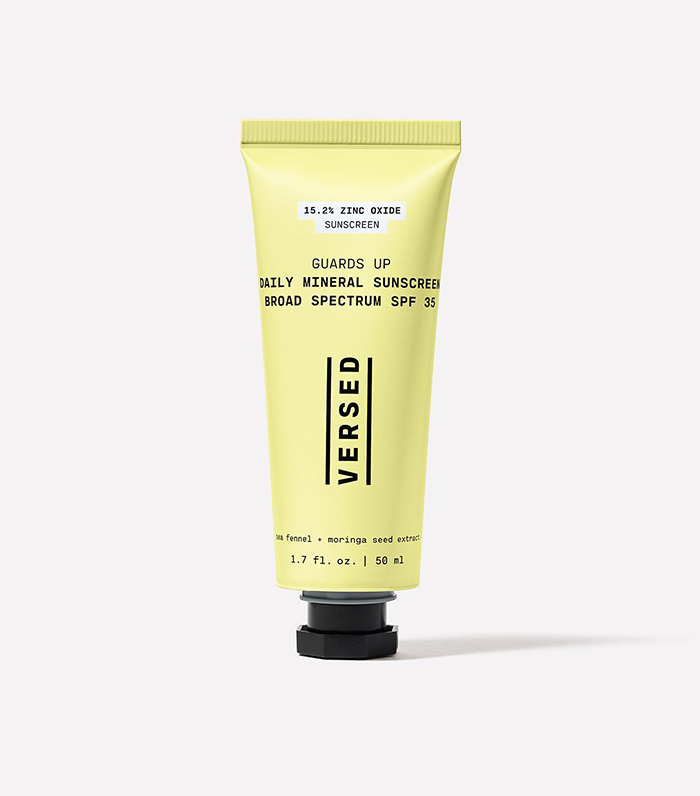
This lightweight sunscreen not only protects against the sun, but it also acts a shield for environmental and electronic (think blue light from screens) pollution. Ingredients include 15.2% zinc oxide, sea fennel extract, and moringa seed extract.
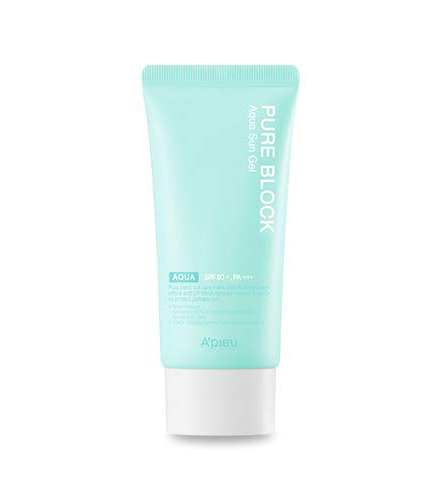
"Another great product for oily skin is A'Pieu Pure Block Aqua Sun Gel SPF50+," Kraffert says. "A'Pieu is an inexpensive and light formula, but it contains Tinosorb S, an ingredient that is not approved by the U.S. FDA. This product list highlights just how hard it is to make great sunscreen products for oily skin (and all other skin types) in the current U.S. FDA regulatory environment."
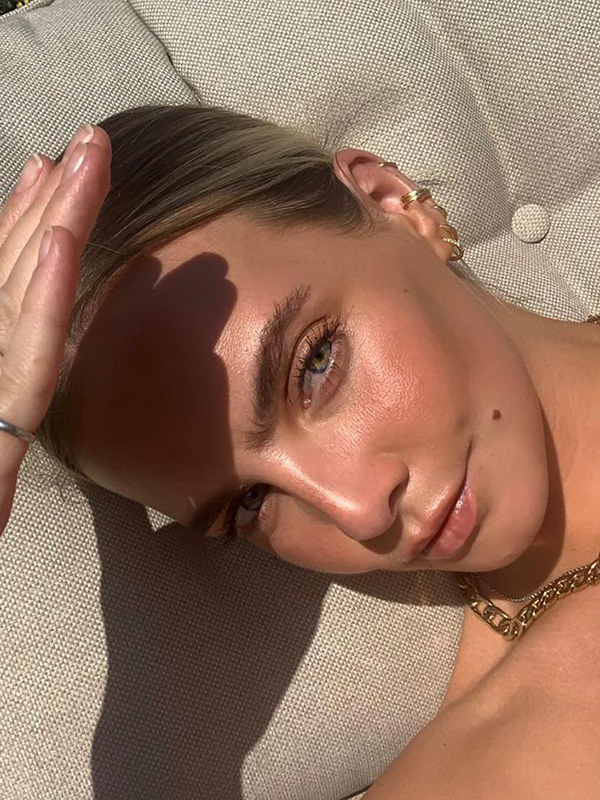
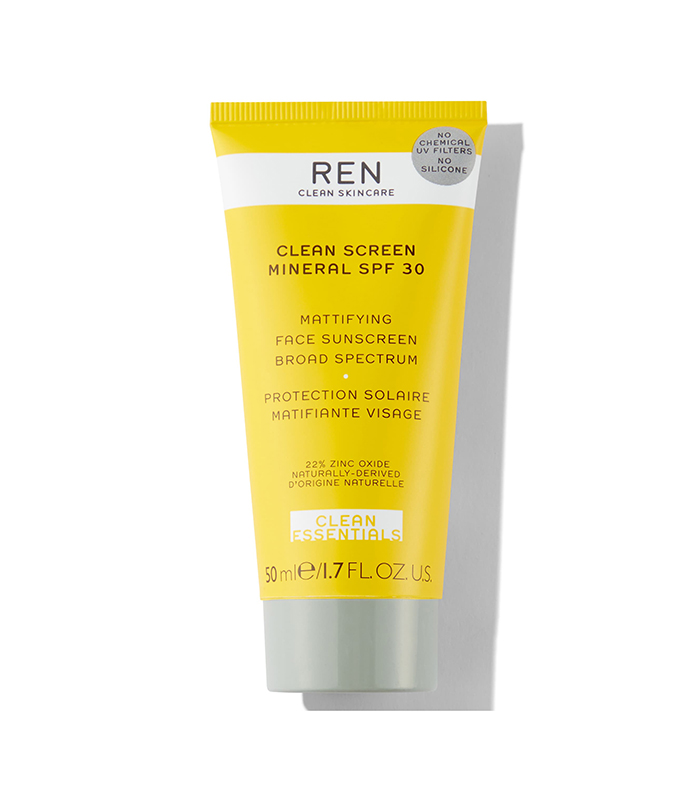
With 22% non-nano zinc oxide, this sunscreen provides stellar protection against UVA and UVB rays. It contains ingredients like antioxidant-rich passionfruit extract and natural rice extract to protect against pollution and absorb shine, respectively.
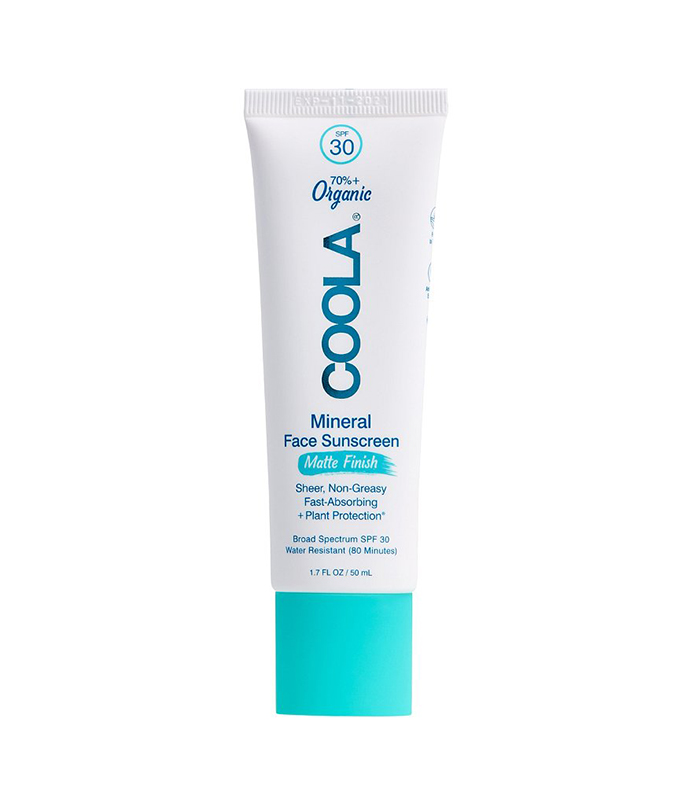
In addition to titanium dioxide and zinc oxide for UVA/UVB protection, Coola's face sunscreen also contains plant oils and extracts to guard against free radicals and soothe and hydrate skin. The light formula goes on so sheer that it can also work as a primer. It's available in a tinted version, too.

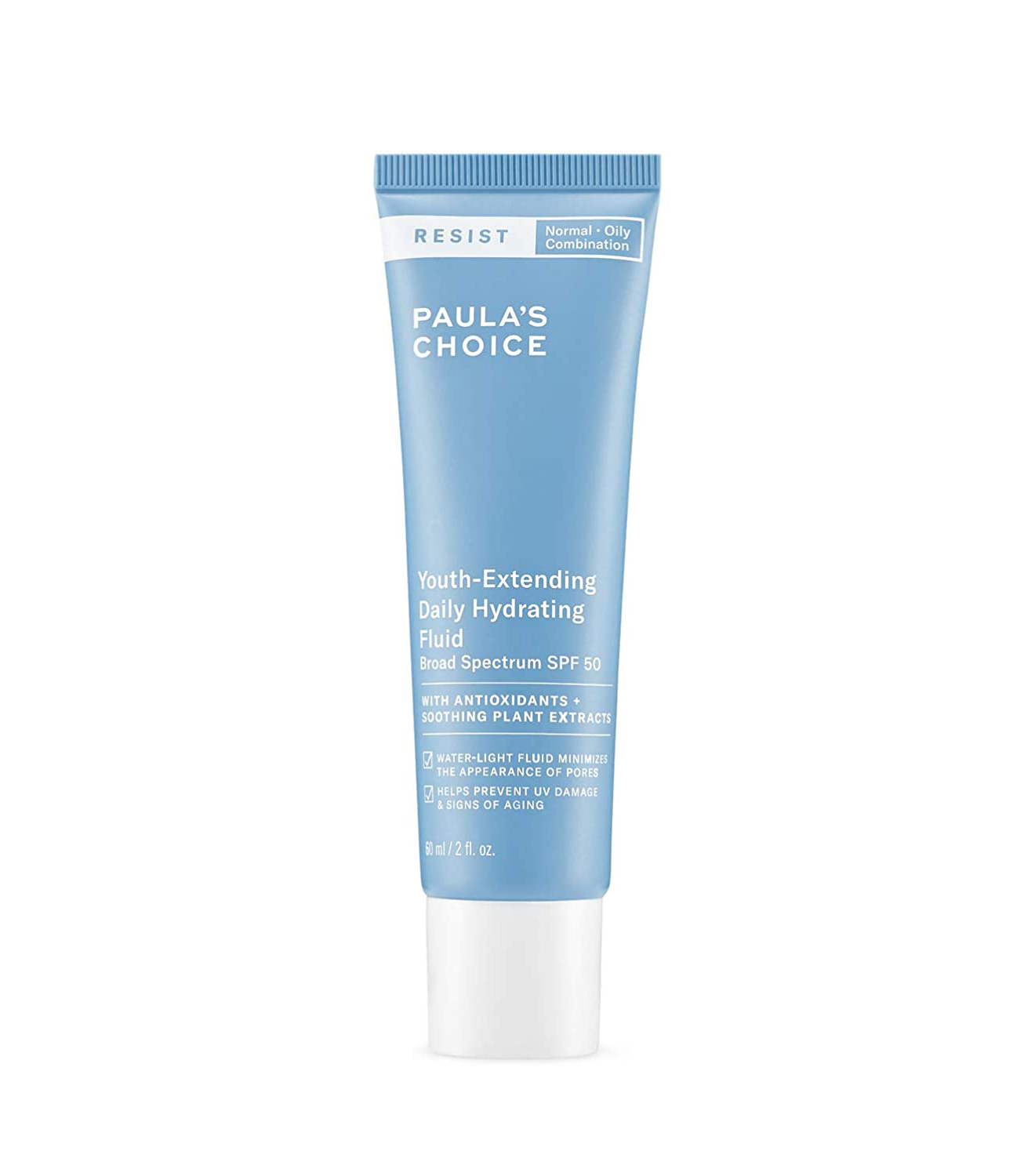
Made for normal, oily, and combination skin types, this SPF moisturizer not only protects again sun damage, but it also prevents premature aging. The formula has a watery consistency, which makes it so easy to apply, but it leaves a matte finish.

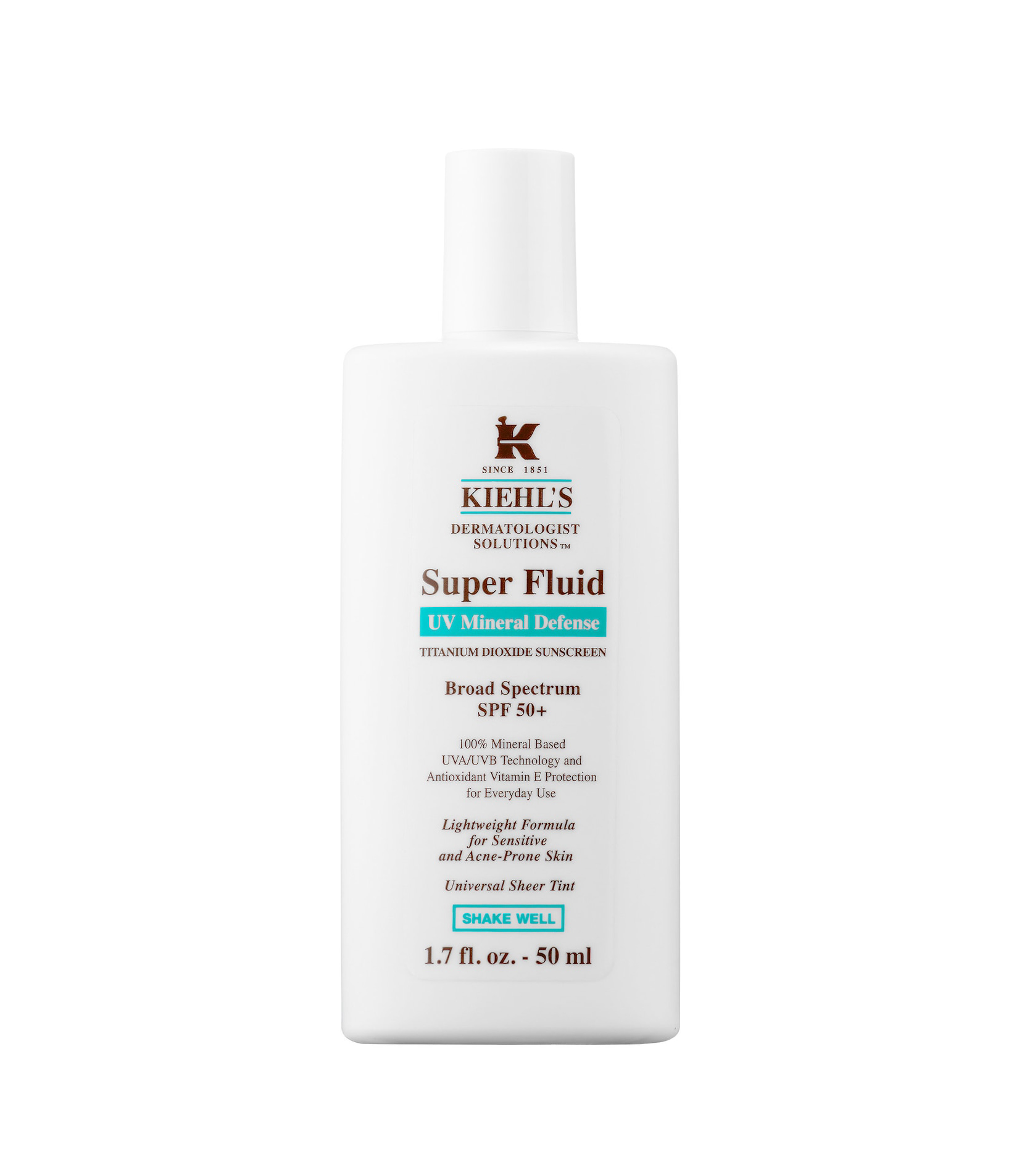
Kiehl's mineral sunscreen is formulated specifically for sensitive and acne-prone skin. The matte lotion contains titanium dioxide for UVA/UVB defense and vitamin E to protect against free radicals. It's lightly tinted.
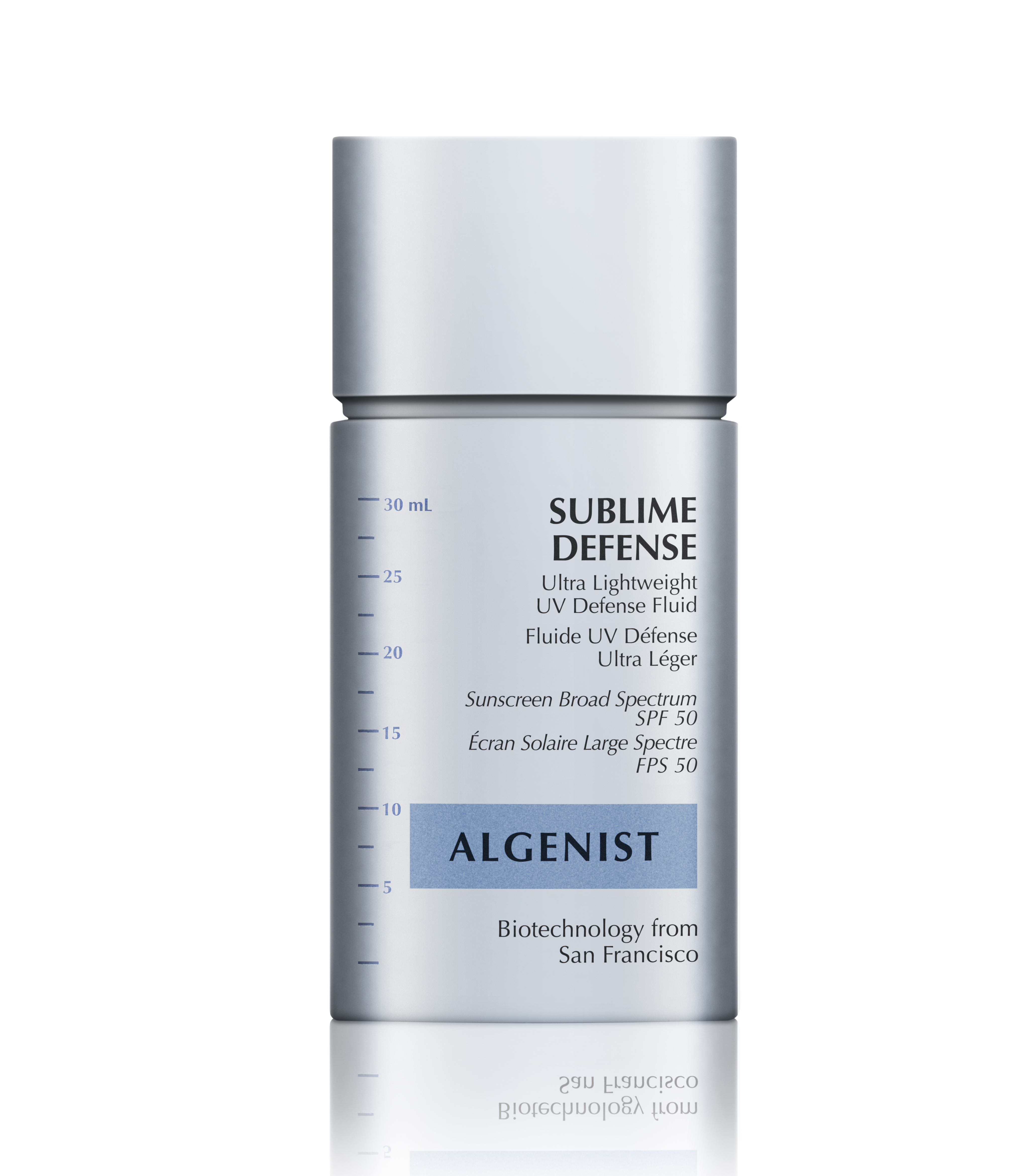
In addition to protecting from harmful UV rays, this ultra-sheer sunscreen works to minimize the appearance of fine lines and wrinkles, guard against environmental damage, and moisturize. It's more liquid in consistency, so it goes on smoothly and isn't greasy.
Next up, 7 Beauty Editors and Experts Reveal Their Holy-Grail Sunscreens and SPF Tips
Sarah is lifestyle writer and editor with over 10 years of experience covering health and wellness, interior design, food, beauty, and tech. Born and raised in Los Angeles, she attended New York University and lived in New York for 12 years before returning to L.A. in 2019. In addition to her work at Who What Wear, she held editor roles at Apartment Therapy, Real Simple, House Beautiful, Elle Decor, and The Bump (sister site of The Knot). She has a passion for health and wellness, but she especially loves writing about mental health. Her self-care routine consists of five things: a good workout, “me” time on the regular, an intriguing book/podcast/playlist to unwind after a long day, naps, and decorating her home.
